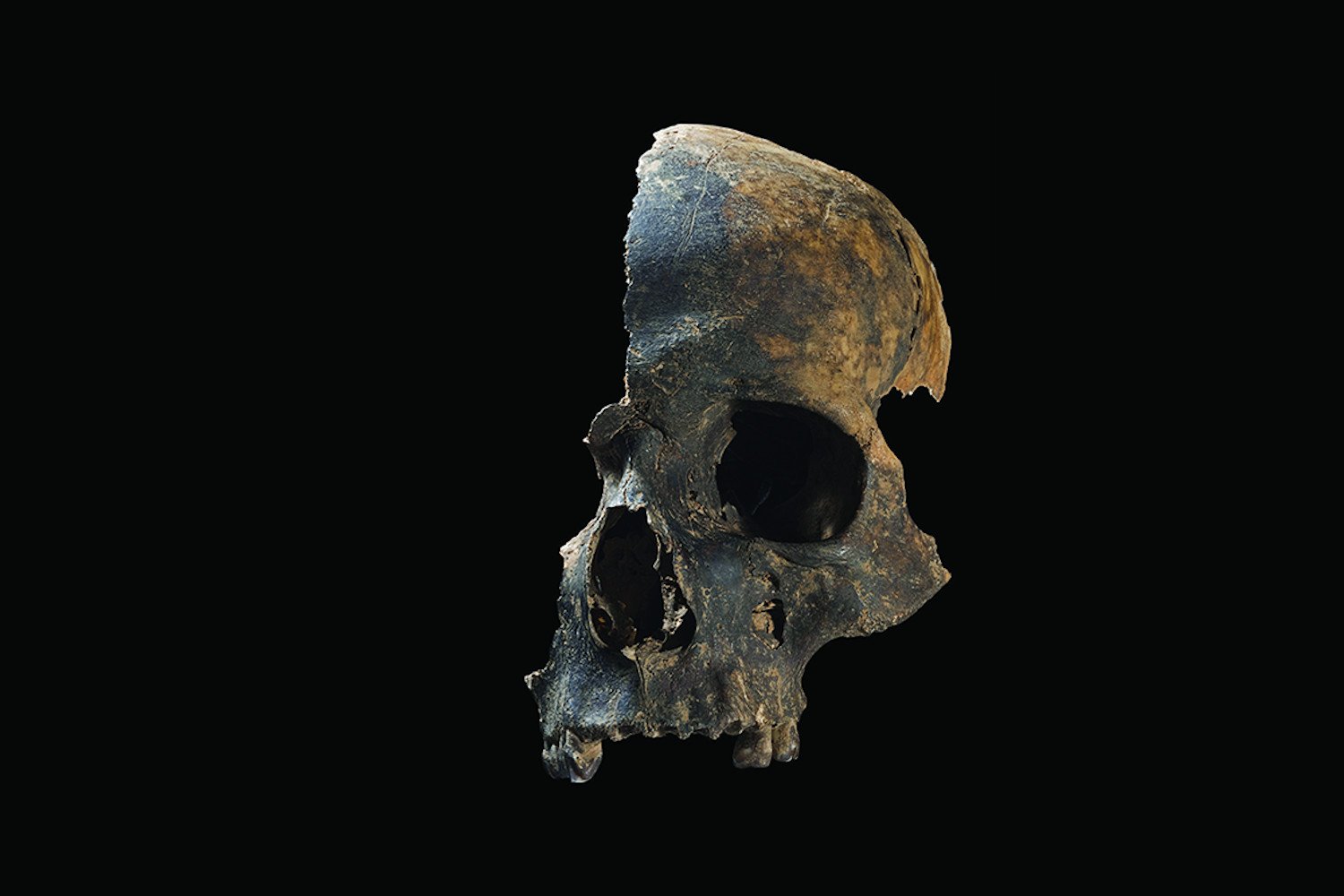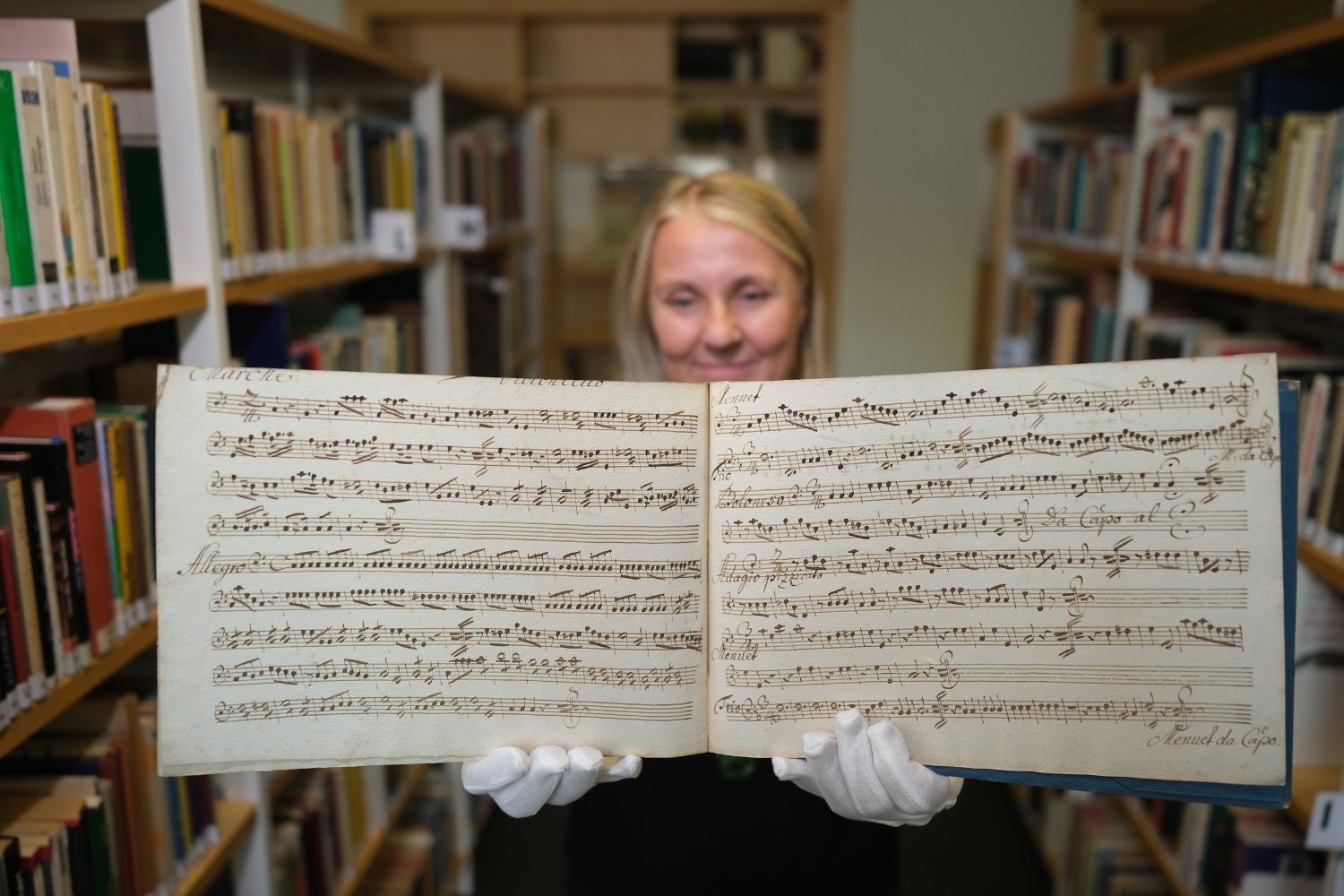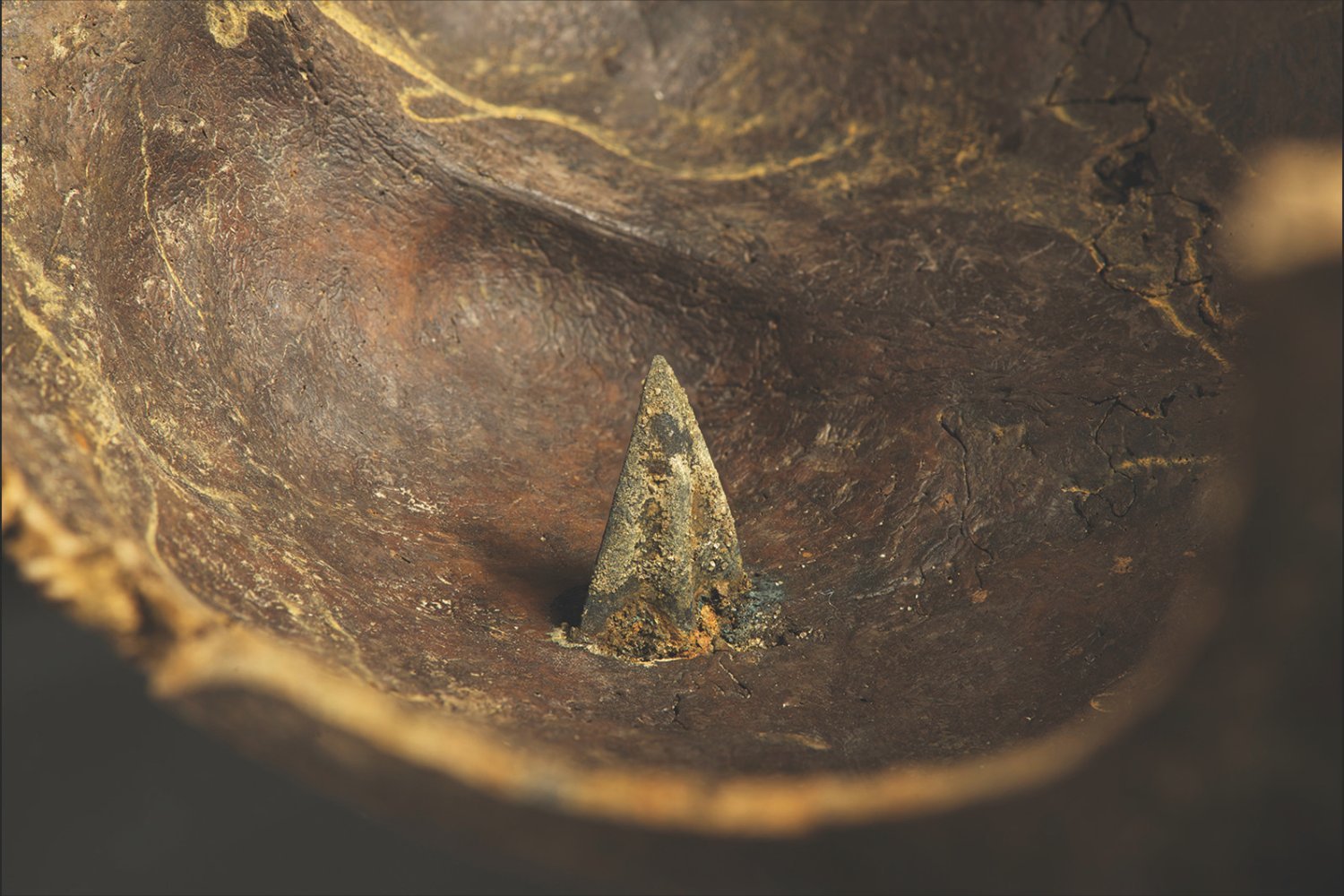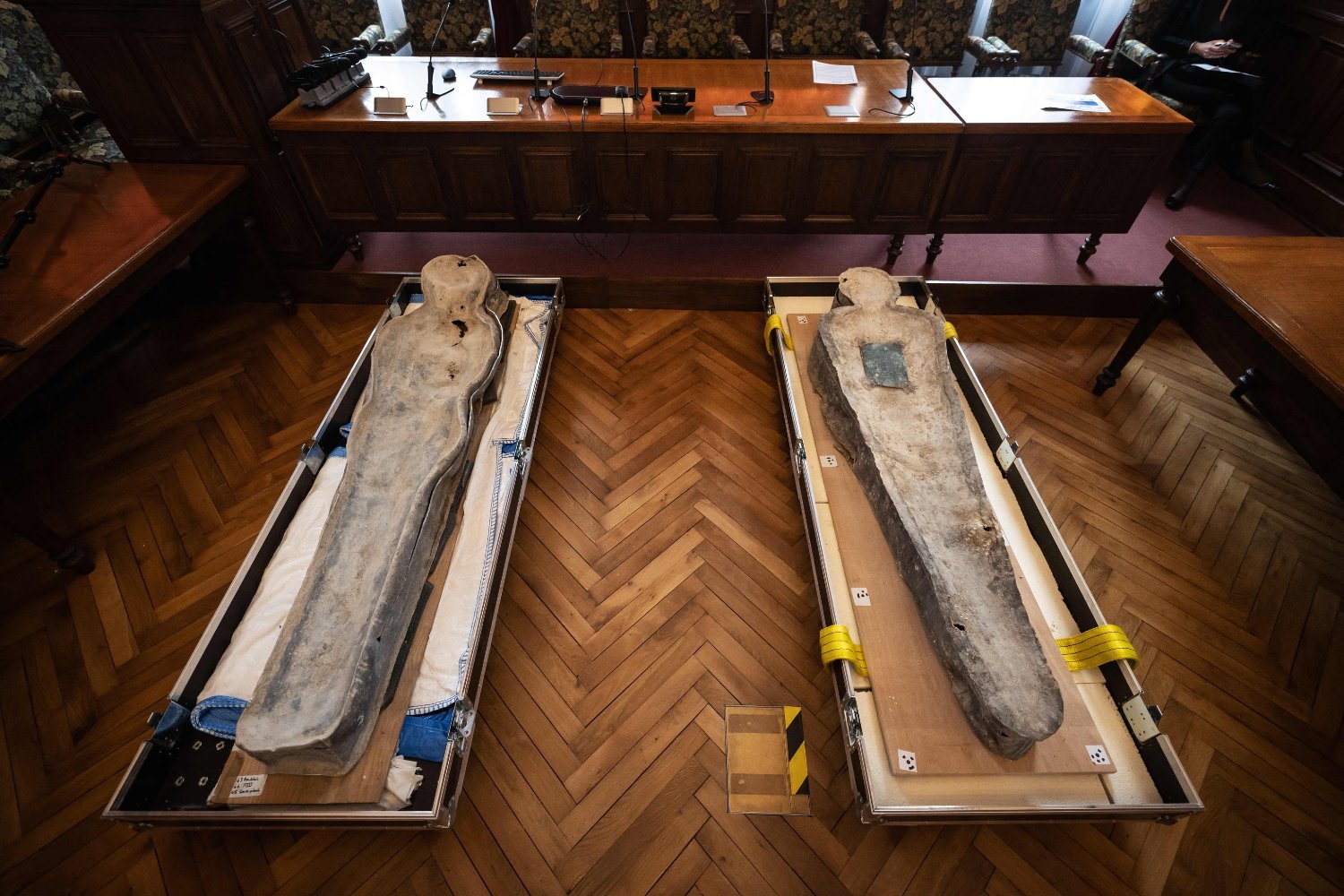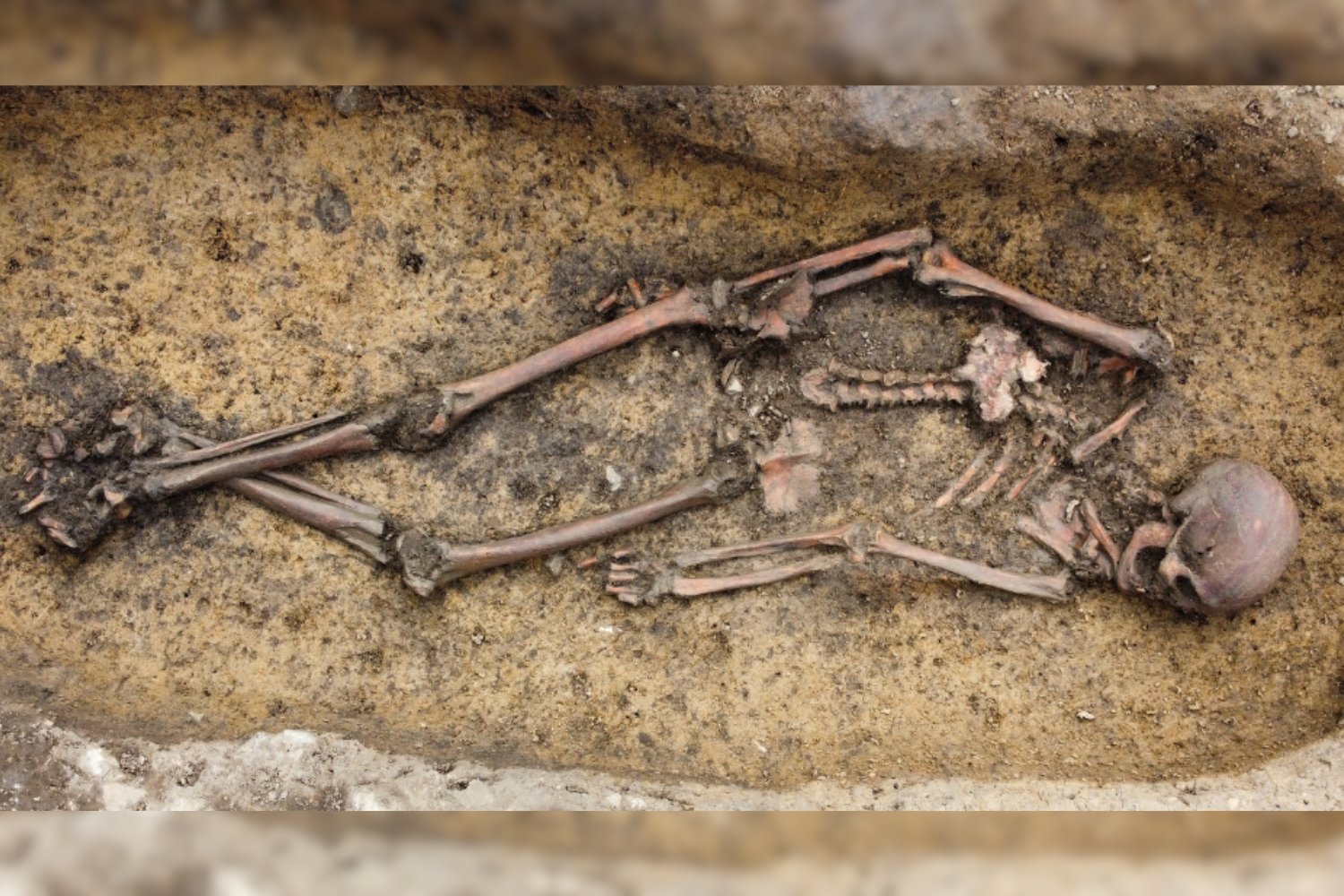The Early Bronze Age in Britain, spanning from 2500 to 1200 BCE, is often perceived as a period of relative peace. However, a recent archaeological discovery paints a far more gruesome picture. Unearthed from a deep shaft at Charterhouse Warren in Somerset, England, the skeletal remains of 37 individuals reveal a horrific massacre, providing chilling evidence of brutal violence and cannibalism.
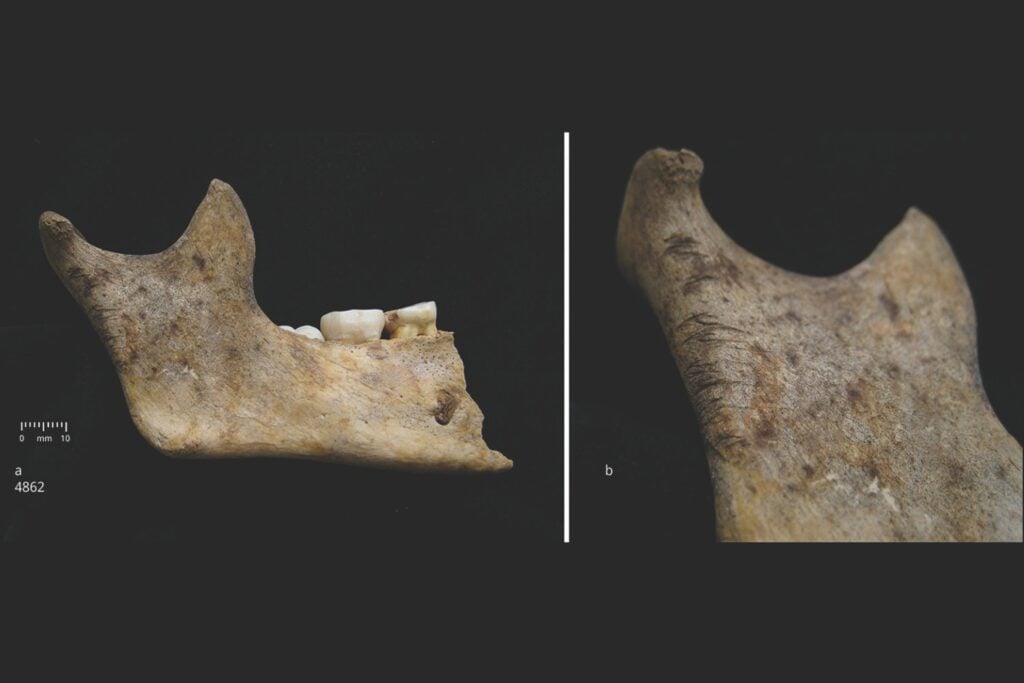 Child MandableA child’s mandible showing clear evidence of cut marks. Image: R. J. Schulting et al., 2024
Child MandableA child’s mandible showing clear evidence of cut marks. Image: R. J. Schulting et al., 2024
This discovery, detailed in a study published in Antiquity, represents the largest known incident of interpersonal violence in British prehistory. The remains, comprising over 3,000 bones and fragments, tell a story of men, women, and children—potentially an entire community—brutally killed, butchered, and likely cannibalized before being discarded into the shaft.
Evidence of a Brutal Massacre
Led by Rick Schulting from the University of Oxford, the archaeological team meticulously analyzed the remains. Evidence of blunt force trauma to the skull, fractures consistent with the time of death, and cut marks indicative of defleshing paint a disturbing picture of the violence inflicted. The deliberate nature of the butchering and the presence of cut marks strongly suggest cannibalism.
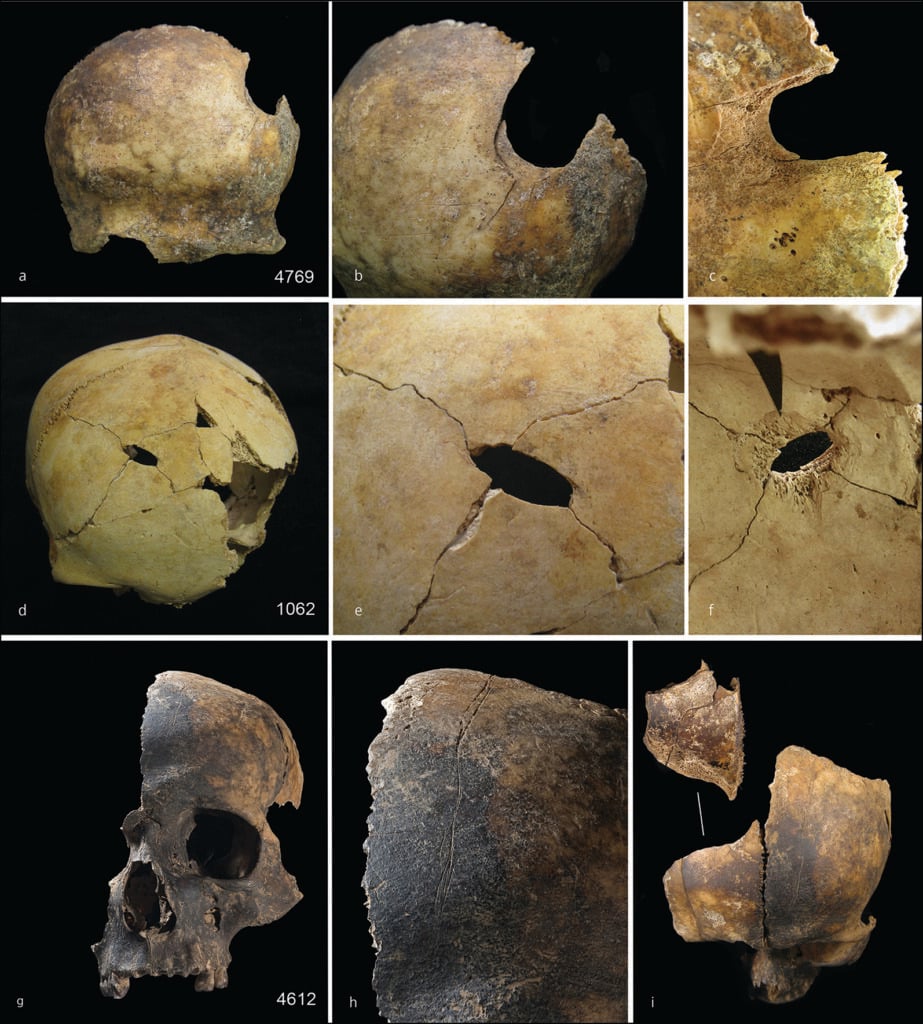 Skull TraumaExamples of skull injuries sustained during the massacre. Figure by study authors. Image: R. J. Schulting et al., 2024
Skull TraumaExamples of skull injuries sustained during the massacre. Figure by study authors. Image: R. J. Schulting et al., 2024
Unraveling the Motives Behind Cannibalism
The researchers ruled out funerary rituals and starvation as potential motivations for the cannibalism. The violent nature of the deaths, the lack of evidence suggesting a struggle (implying a surprise attack), and the presence of cattle bones within the same shaft indicate an adequate food supply at the time. This raises the chilling question: what drove this act of prehistoric savagery?
One theory proposes that cannibalism served to dehumanize the victims. By consuming their flesh and discarding their bones amongst animal remains, the perpetrators may have sought to equate their enemies with animals, thereby justifying their actions. However, this doesn’t fully explain the initial trigger for the violence.
Exploring the Roots of the Conflict
The study notes the absence of factors typically associated with such violence, such as climate change, resource scarcity, or evidence of ethnic conflict. Researchers suggest that social factors, possibly triggered by perceived offenses like theft or insults, may have been the catalyst. The presence of plague, evidenced by infected teeth in two children discovered in earlier research, might have exacerbated existing tensions within the community.
A Darker Side of Prehistory
This discovery challenges the conventional view of the Early Bronze Age as a peaceful period. The massacre at Charterhouse Warren reveals a darker, more violent aspect of prehistoric society, suggesting that cycles of revenge and disproportionate responses to perceived slights were not uncommon. This unfortunately echoes patterns of violence observed throughout history.
Unanswered Questions and Ongoing Research
While the findings provide a glimpse into a brutal chapter of prehistory, they also generate numerous questions. Further research is underway to unravel the complexities of this dark episode and gain a deeper understanding of the factors that led to such extreme violence. The ongoing investigation promises to shed more light on the lives and deaths of these individuals and the society in which they lived.
The Charterhouse Warren massacre serves as a stark reminder of the capacity for violence even in the distant past. It compels us to reflect on the roots of conflict and the importance of breaking cycles of revenge, lessons that remain relevant even today.



